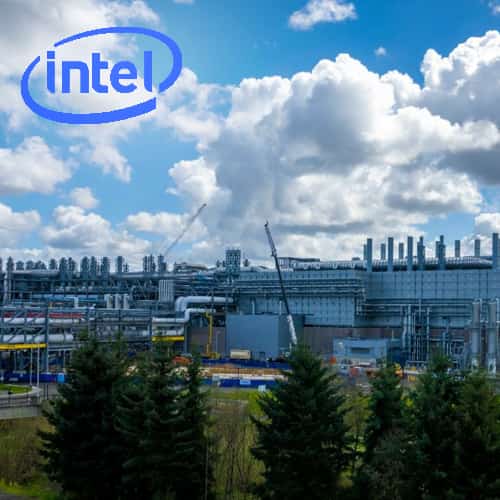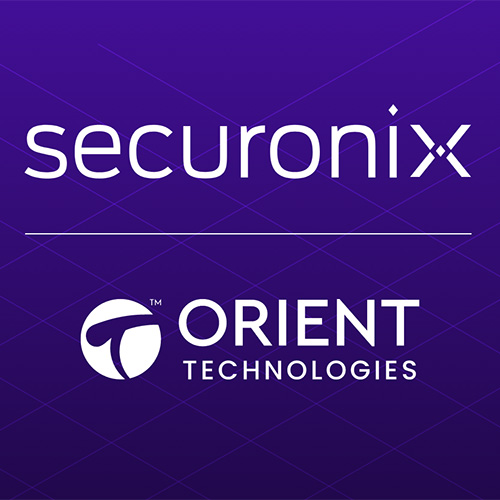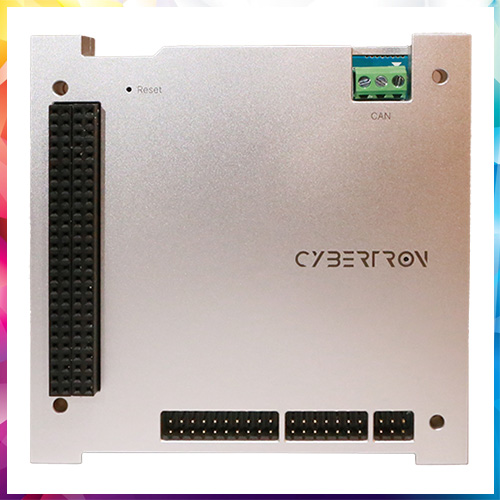
Intel Corporation has announced its plans to further reduce its direct and indirect greenhouse gas emissions and develop more sustainable technology solutions. The company pledged to achieve net-zero greenhouse gas emissions in its global operations by 2040, to increase the energy efficiency and lower the carbon footprint of Intel products and platforms with specific goals, and to work with customers and industry partners to create solutions that lower the greenhouse gas footprint of the entire technology ecosystem.
“The impact of climate change is an urgent global threat. Protecting our planet demands immediate action and fresh thinking about how the world operates. As one of the world's leading semiconductor design and manufacturing companies, Intel is in a unique position to make a difference not only in our own operations, but in a way that makes it easier for customers, partners and our whole value chain to take meaningful action too,” said Pat Gelsinger, Intel chief executive officer.
Intel is committing to reach net-zero greenhouse gas emissions across its operations, otherwise known as its Scope 1 and 2 emissions, by 2040. Intel’s priority is to actively reduce its emissions, in line with international standards and climate science. It will use credible carbon offsets to achieve its goal only if other options are exhausted.
Intel is also committed to addressing climate impacts throughout its upstream and downstream value chain, also known as Scope 3 emissions. Intel’s Scope 3 strategy focuses on partnering with suppliers and customers to take aggressive action to reduce overall emissions.
Intel is collaborating with hundreds of customers and industry partners to create solutions that meet the need for exponentially more computing processing power, while running more efficiently and using less energy. For instance, Intel is partnering to launch liquid immersion cooling pilot deployments for data centers across cloud and communications service providers, with companies such as Submer. This includes embracing new principles, such as heat recapture and reuse via immersion cooling.
Intel is actively engaged with its suppliers to identify areas of improvement, including increasing supplier focus on energy conservation and renewable energy sourcing, increasing chemical and resource efficiencies, and leading cross-industry consortia to support the transition to a net-zero greenhouse gas semiconductor manufacturing value chain. To accelerate progress, Intel is committed to partnering with suppliers to drive supply chain greenhouse gas emissions to at least 30% lower by 2030 than they would be in the absence of investment and action.
See What’s Next in Tech With the Fast Forward Newsletter
Tweets From @varindiamag
Nothing to see here - yet
When they Tweet, their Tweets will show up here.



























